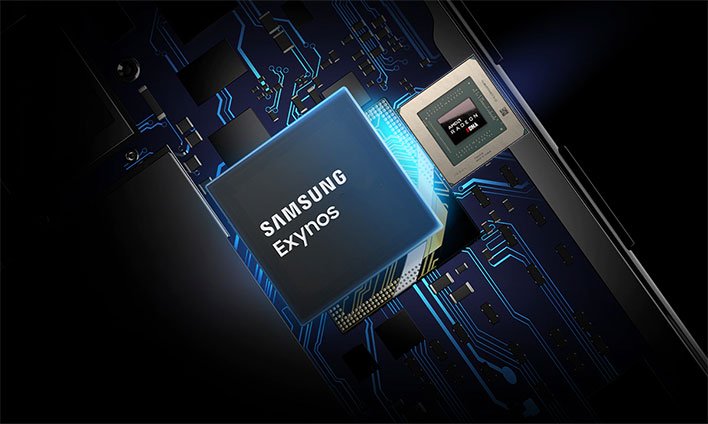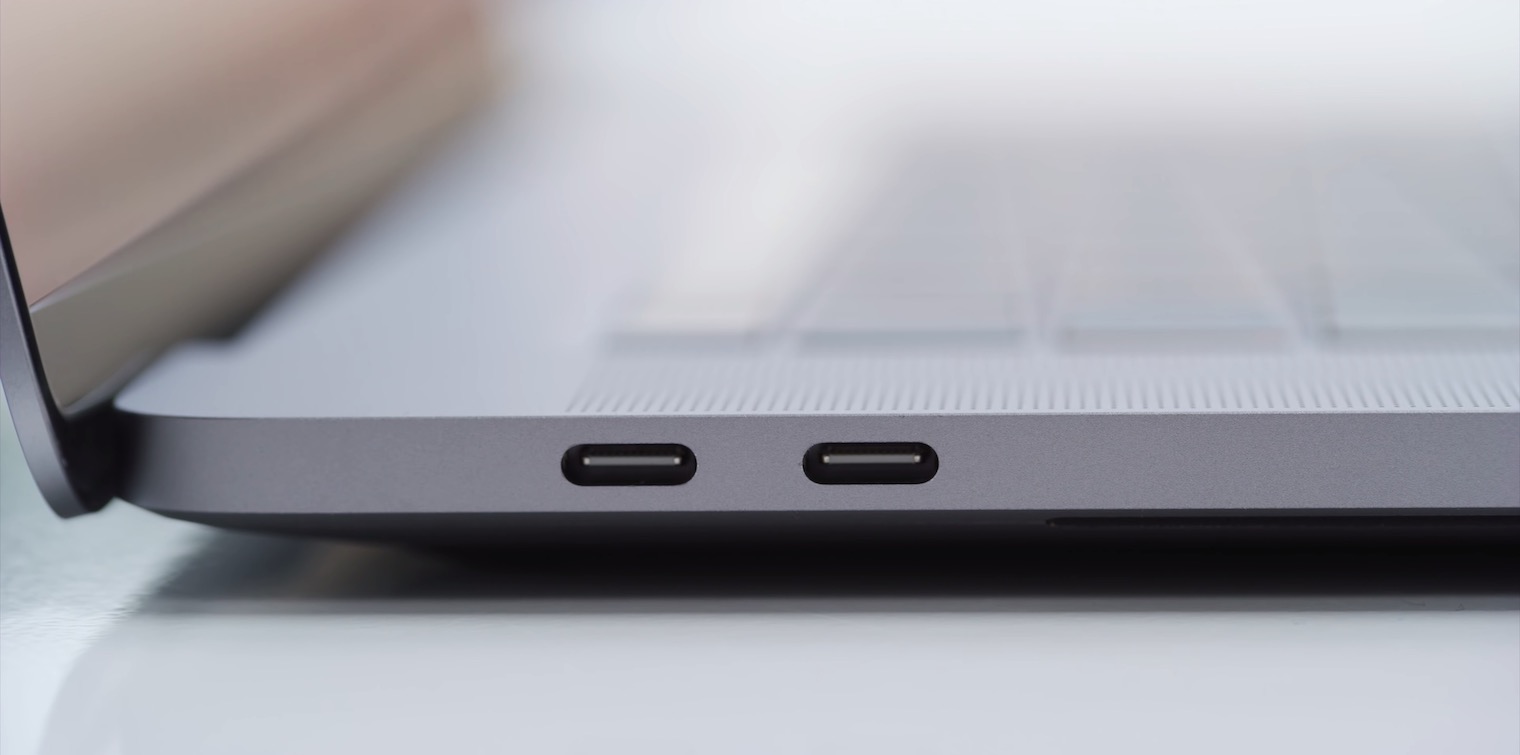Welcome to our daily column, where we recap the biggest (and not only) IT and tech stories that happened in the last 24 hours that we feel you should know about.
It could be interest you

The USB 4 connector should finally become the main "universal" connector
Connector USB in recent years, more and more work has been done on how to they expand his ability. From the original intention of connecting peripherals, through sending files, charging connected devices, to the ability to transmit an audio-visual signal in very good quality. However, thanks to the very wide options, there was a kind of fragmentation of the entire standard, and this should be solved already 4st generation this connector. USB 4th generation should arrive on the market still this year and the first official information indicates that it will be about very capable connector.
The new generation should offer twice transmission speed compared to USB 3 (up to 40 Gbps, same as TB3), in 2021 there should then be integration standard DisplayPort 2.0 to USB 4. This would make USB 4th generation an even more versatile and capable connector than the current generation and the first iteration of the future one. In its peak configuration, USB 4 will support video transmission of resolution 8K / 60Hz and 16K, thanks to the implementation of the DP 2.0 standard. The new USB connector practically absorbs all the functionality of what is (relatively) commonly available today Thunderbolt 3, which until recently was licensed to Intel, and which used the USB-C connector, which is very widespread today. However, the increased complexity of the new connector will bring problems with its many variants, which will certainly appear. "Whole"The USB 4 connector will not be completely common and some of its functions will appear in various devices impoverished, mutation. This will be quite confusing and complicated for the end customer - a very similar situation is already happening in the USB-C/TB3 field. Hopefully the manufacturers will deal with it better than it has been so far.
Samsung's flagship SoC is a big disappointment
There are currently only a few players in the field of mobile processors. It stands on one side Qualcomm with your chips Snapdragon, which reside in a huge number of Android phones and other various electronics, on the other is then Apple Lossless Audio CODEC (ALAC),, which uses chips of its own design (and manufactured by TSMC) for its devices. In addition, there are several other smaller or larger manufacturers who design their own processor solutions. One of them is i Samsung, which has relied on SoCs from the range for many years Exynos. However, the latest tests show that the SoC Exynos 990, which is found in the new Samsung Galaxy S20 (or in some local variants outside the US, South Korea and other markets), by far does not reach to (often cheaper) competition. Initial tests published after the release of Samsung's new flagship showed that the new Exynos 990 could not even cope with last year's flagship SoC from Qualcomm Snapdragon 855. Now it turns out that (especially in games) the SoC will also offer much better performance MediaTek Helio G90T, which is found in much, much cheaper smartphones such as Redmi Footnotes 8 Pro (5x cheaper). The big ailment of Samsung's chip is primarily its own graphic power and problems associated with cooling...
…that's why Samsung is working with AMD on new very powerful chips
Currently, processors from Samsung are a laughing stock for many, but that could soon be the end. The company announced about a year ago strategic cooperation s AMD, from which it should come out new graphic processor for mobile devices. This will be implemented by Samsung in its Exynos SoCs. Now the first ones have appeared on the website escaped benchmarks, which suggest what it might look like. Samsung, together with AMD, aims to dethrone Apple from the performance throne. The leaked benchmarks do not indicate whether they will succeed, but they can give an indication of how they will perform in practice.
- GFXBench Manhattan 3.1: 181.8 frames per second
- GFXBench Aztec (Normal): 138.25 frames per second
- GFXBench Aztec (High): 58 frames per second
To add context, below are the results achieved in these benchmarks by the Samsung Galaxy S20 Ultra 5G with the processor Snapdragon 865 and GPU Adreno 650:
- GFXBench Manhattan 3.1: 63.2 frames per second
- GFXBench Aztec (Normal): 51.8 frames per second
- GFXBench Aztec (High): 19.9 frames per second
So, if the information above is based on truth, Samsung may have a big deal on its hands That, with which (not only) Apple wipes its eyes. The first SoCs created on the basis of this collaboration should reach commonly available smartphones by next year at the latest.




